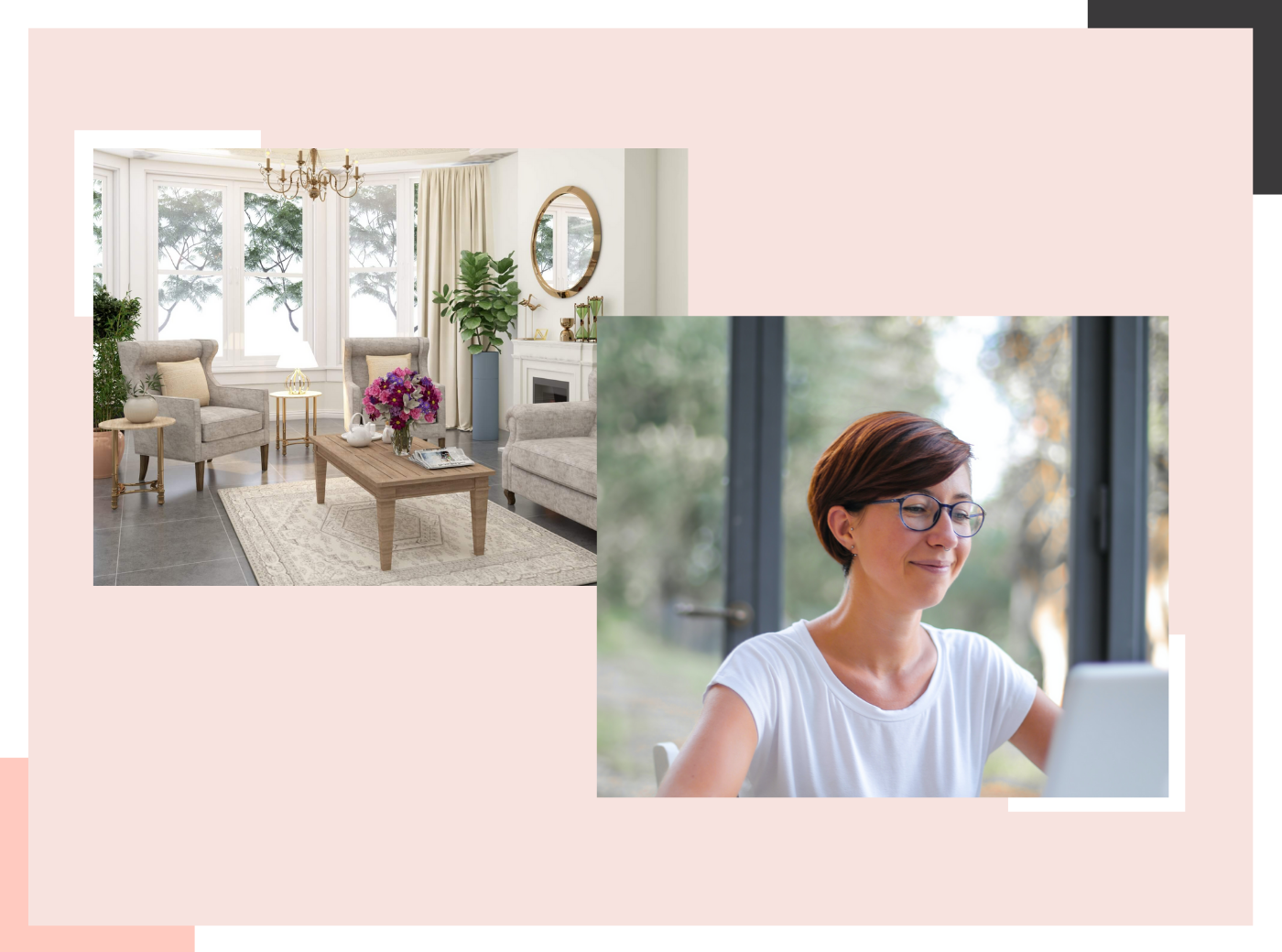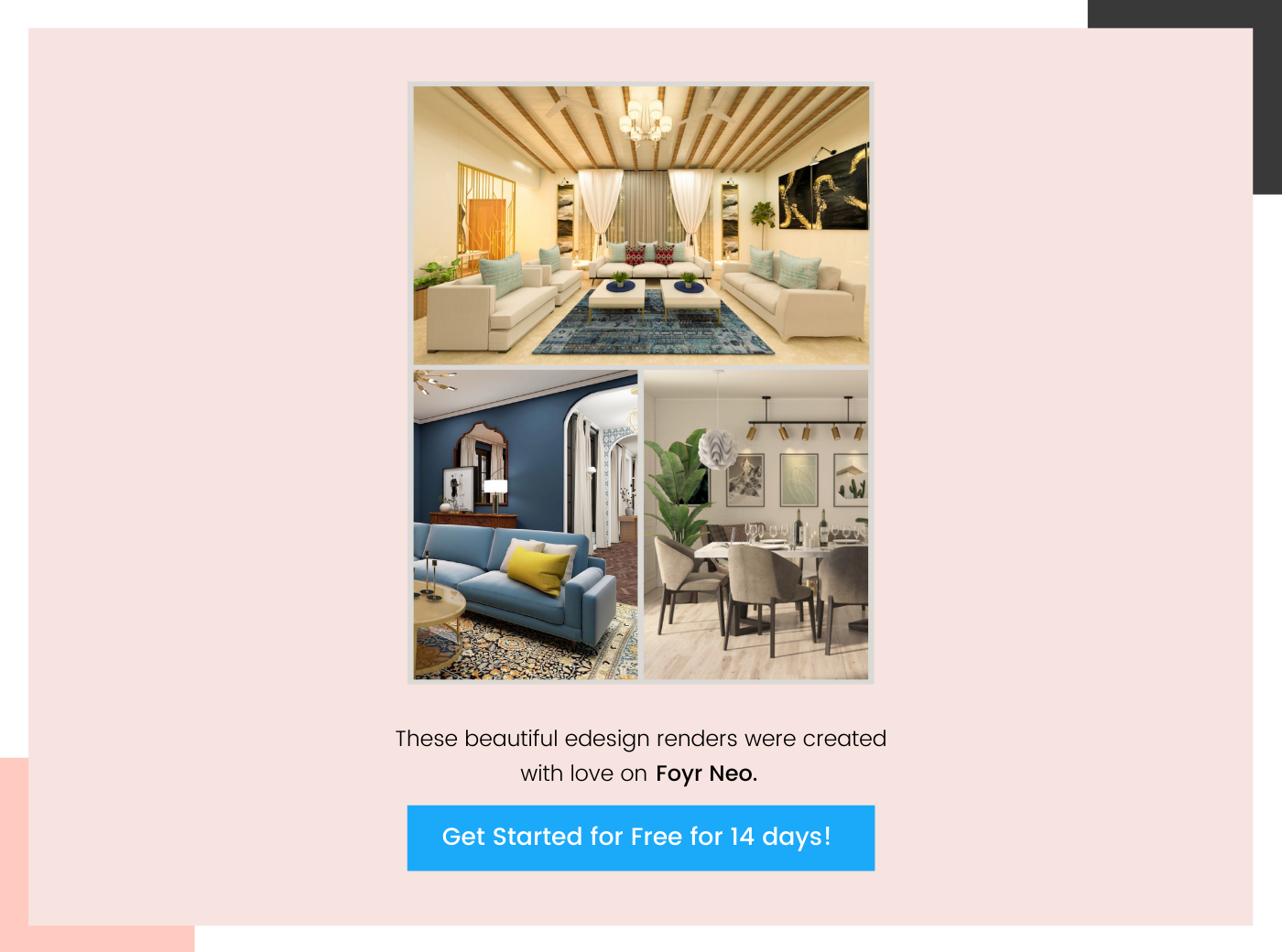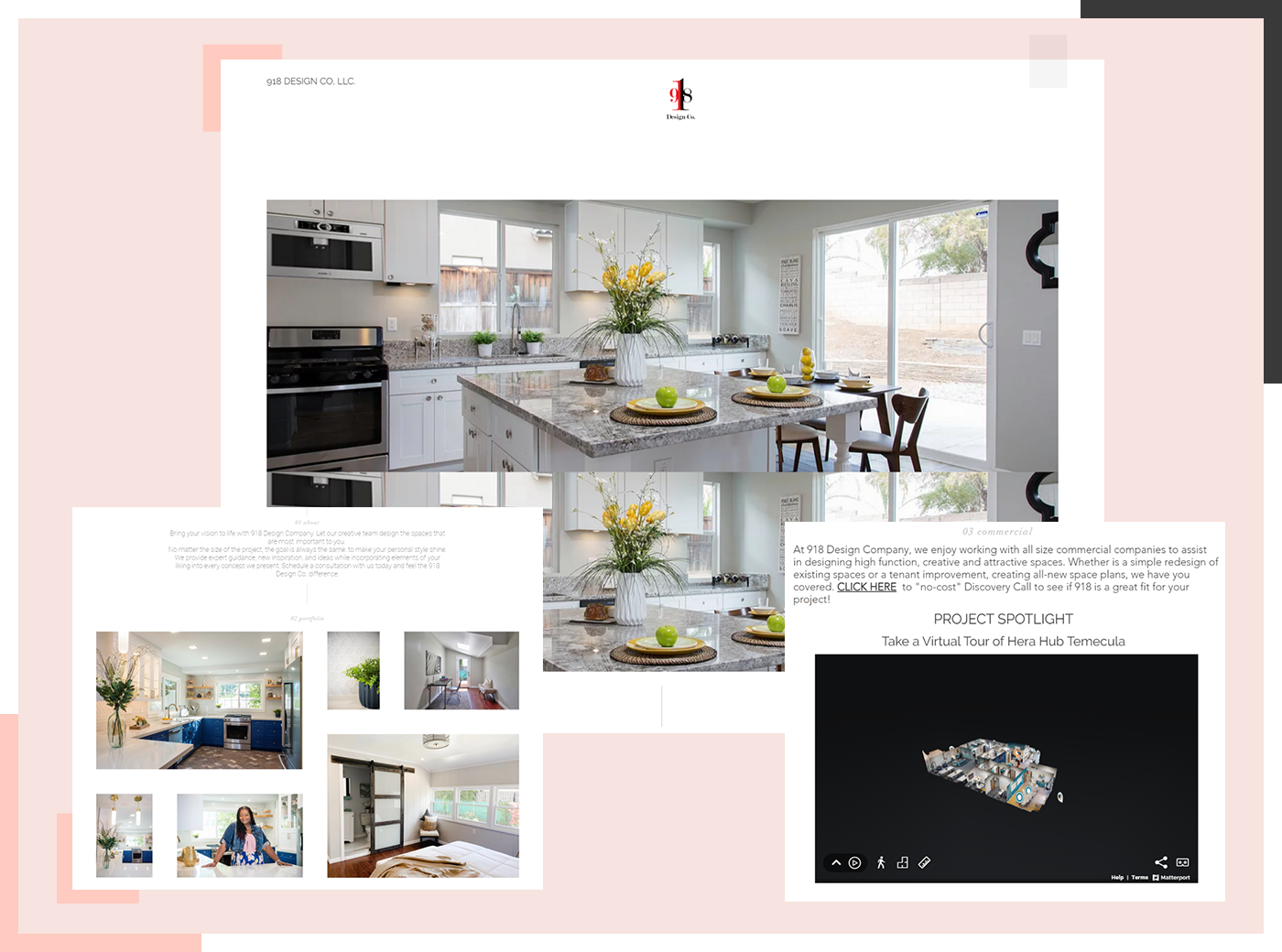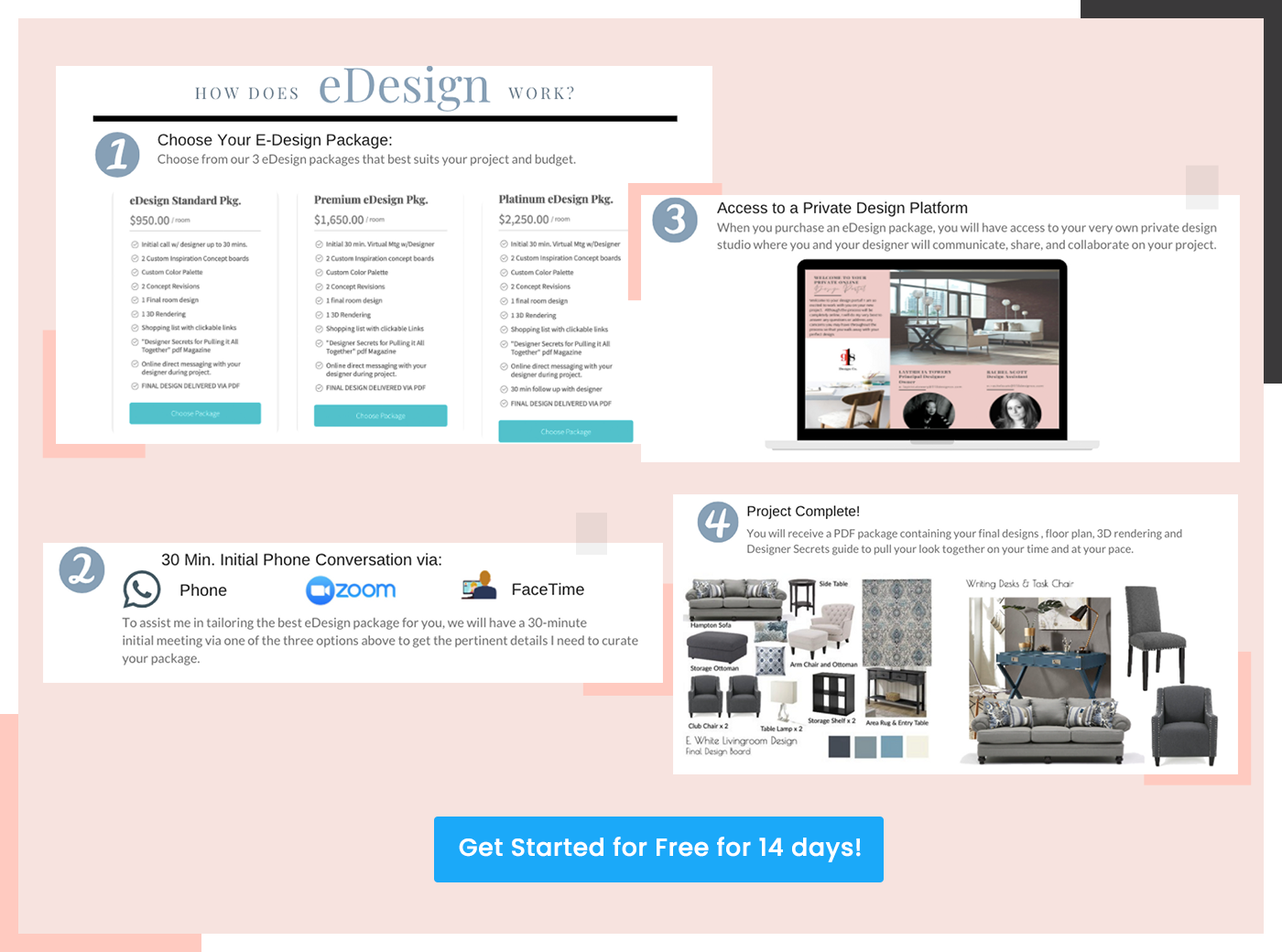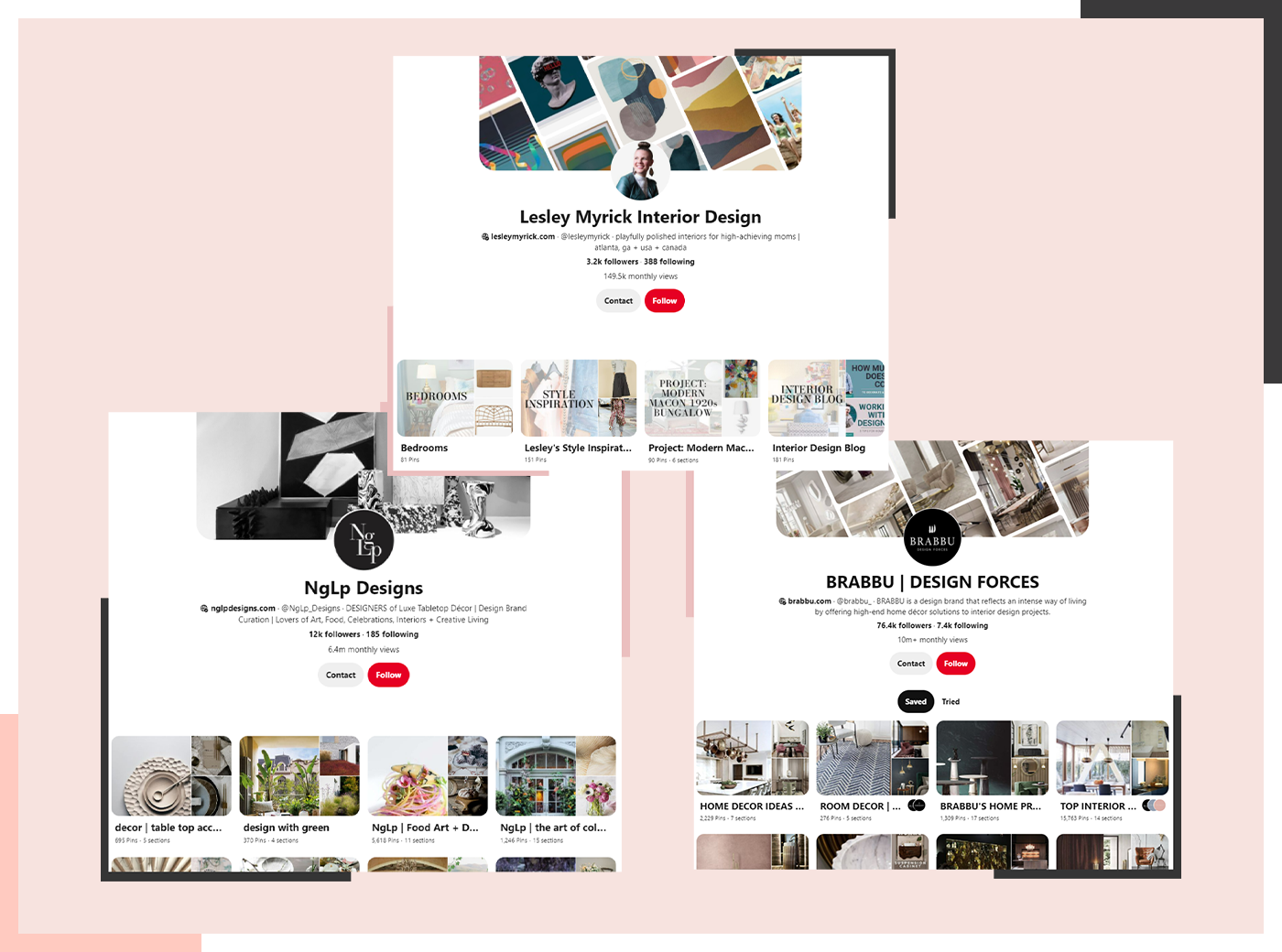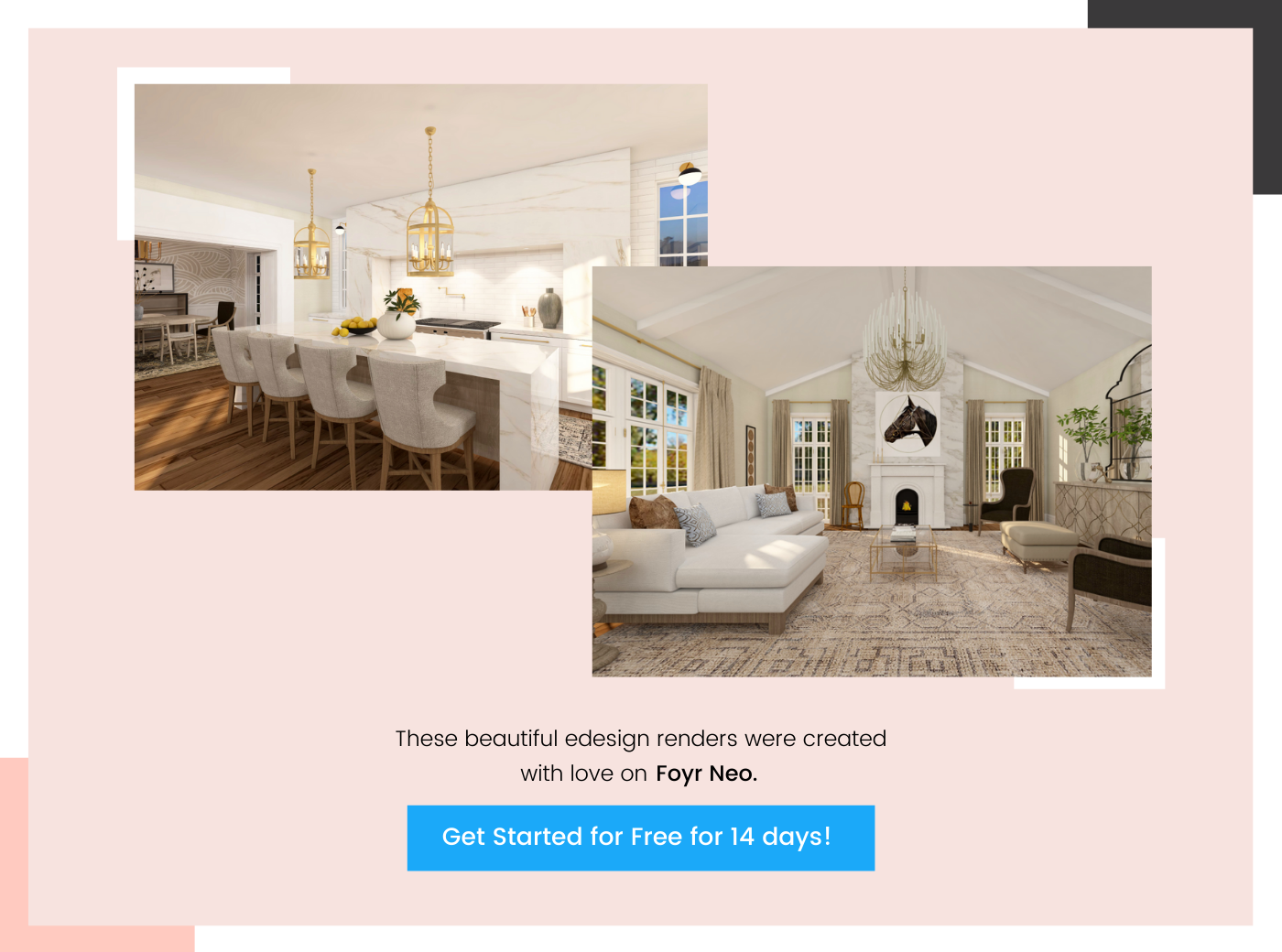Table of Contents
Marketing your e-design business requires a future-forward approach tailored to the evolving digital landscape. With virtual interior design projected to grow significantly in 2025, now’s the time to sharpen your marketing strategy. This guide focuses on key tactics that work, supported by implementation tips and emerging trends to help you stay ahead.
1. Define Your Ideal Client
Before promoting your services, get specific about who you want to reach. Whether it’s renters seeking budget-friendly makeovers or professionals looking to redesign home offices, clarity helps you connect more effectively.
Steps to implement:
- Build client personas with details like age, lifestyle, aesthetic preferences, and challenges.
- Use Instagram polls or email surveys to collect insights.
Craft messaging that speaks directly to these personas on your website and social media.
2. Build a Portfolio That Converts
Your portfolio should showcase transformation, communicate value, and prove your design expertise. Think of it as your strongest sales asset.
Implementation tips:
- Include before/after visuals, 3D renderings, and client testimonials.
- Add case studies that walk through the design process.
Use keywords in project descriptions and alt tags for better SEO visibility.
3. Implement Smart SEO Practices
With more clients searching for services online, SEO remains critical in 2025. Target search intent and optimize for both mobile and voice search.
What to do:
- Focus on long-tail keywords like “affordable online interior design” or “2025 e-design trends.”
- Use schema markup to enhance how your content appears in Google results.
- Keep your site fast-loading and mobile-friendly.
4. Engage Through Instagram and Pinterest
In 2025, visual-first platforms like Instagram and Pinterest continue to dominate the design space. Use them not just for exposure but for engagement.
Strategies:
- Post time-lapse videos, project reveals, and interactive polls.
- Create idea boards and Reels tied to seasonal or trending themes.
Use Instagram’s broadcast channels or Pinterest’s Creator tools to deepen connections.
5. Use Email Marketing to Stay Top of Mind
Email remains one of the highest ROI marketing tools—when done well. It’s your channel for educating, converting, and nurturing leads.
Best practices:
- Offer value-based lead magnets like mini room refresh guides.
- Send monthly newsletters with blog recaps, client stories, or trend spotlights.
Segment your audience based on behavior (past clients vs. new leads).
6. Leverage Paid Ads Wisely
In 2025, smart ad campaigns go beyond boosting a post. Use targeting to attract the right kind of traffic.
To do this:
- Use Meta Ads Manager to target lookalike audiences from your email list.
- A/B test creative for landing pages promoting low-barrier offers.
Track ad performance using UTM codes and Google Analytics.
7. Track and Measure Results
Marketing without measurement is guesswork. Regular tracking ensures your strategy remains effective.
Track using:
- Google Analytics 4 for traffic and behavior insights.
- Instagram and Pinterest insights for post reach and saves.
- Email open/click rates to refine your messaging.
- CRM tools like HubSpot or Mailchimp to monitor lead conversions.
Adjust your approach every quarter based on what’s working—and double down on your highest-performing channels.
8. Use Future-Ready Tools That Impress Clients
In a saturated digital market, presentation matters. High-quality deliverables help you win and retain clients.
Foyr helps with that.
With Foyr’s interior design tools and services, you can:
- Generate stunning 3D renders and walkthroughs
- Deliver 4K and 12K visuals
- Share editable project files
- Offer clients a seamless, professional experience from start to finish
Whether you’re pitching a new client or presenting your concept board, Foyr ensures your work looks as good as it is.
Final Thoughts
Marketing your e-design business in 2025 isn’t about doing more—it’s about doing what matters most, better. Focus on your niche, build value through content, track your results, and use top-tier tools like Foyr to deliver exceptional client experiences.
Great design sells itself—but smart marketing ensures the right people see it.









